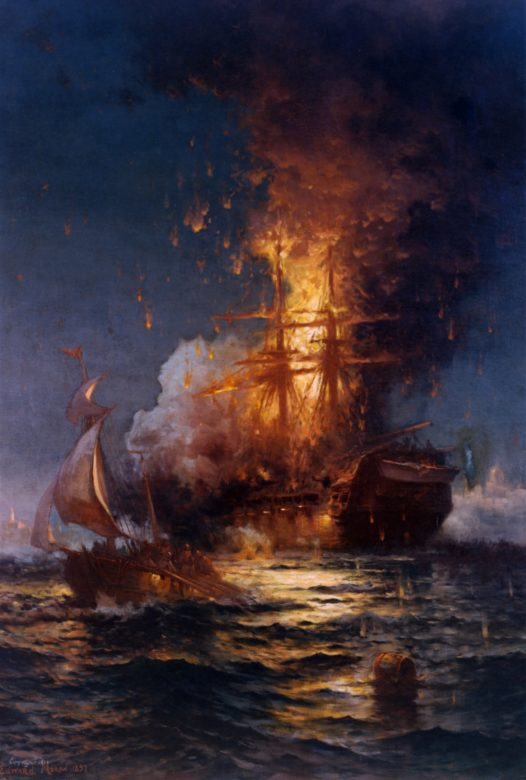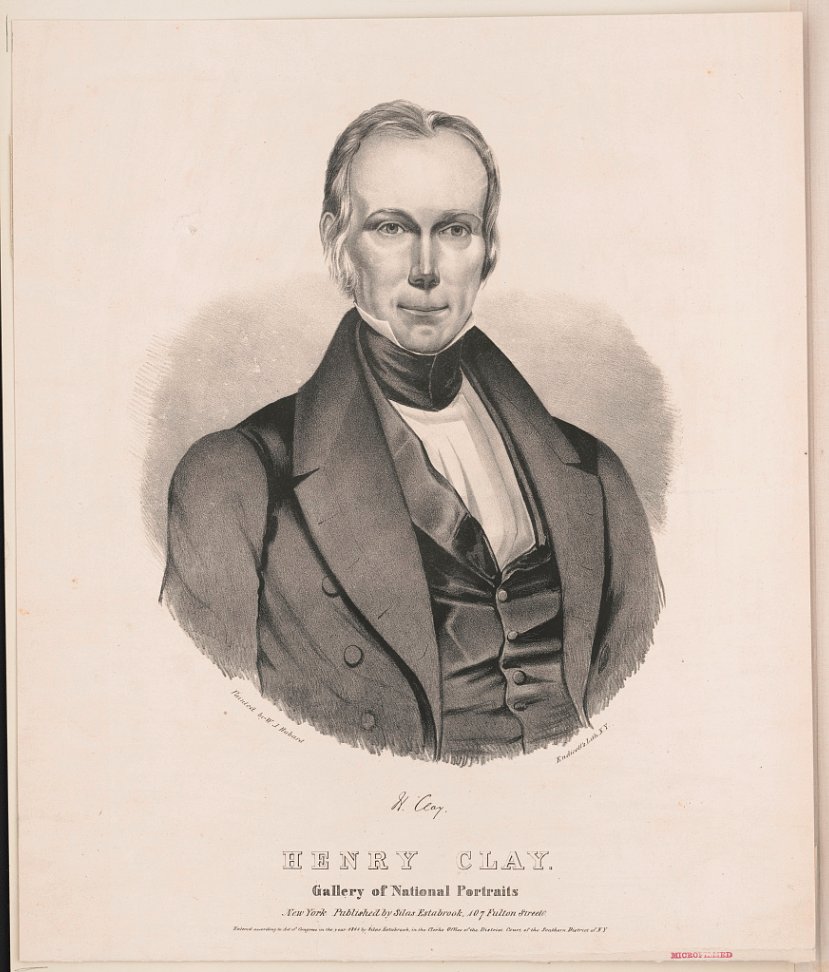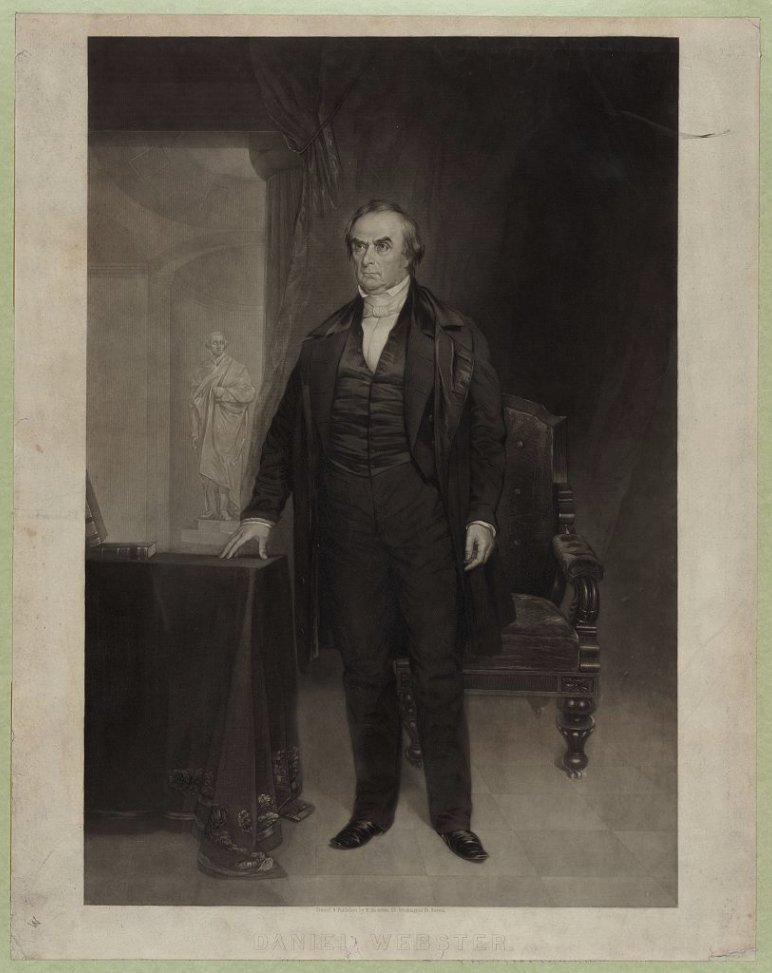
It’s #FirstLadyFriday, and today we’re highlighting the life of First Lady Jane Pierce, born in New Hampshire on this day in 1806.
Image: Library of Congress
1/7
Image: Library of Congress
1/7

Jane Appleton married Franklin Pierce in 1834, though she was uninterested in politics and the spotlight that came with it.
Image: White House Collection/White House Historical Association
2/7
Image: White House Collection/White House Historical Association
2/7

Their marriage was marked by tragedy, as they had lost two young children before Pierce’s election to the presidency in 1852. Unfortunately, death followed them to the White House.
3/7
3/7
Eight weeks before Pierce’s inauguration, their family traveled home to New Hampshire on a train after attending a funeral in Boston. As they began their journey, an axel broke, and their train car slid down an embankment.
4/7
4/7
Jane and Franklin Pierce survived, but their only living son, eleven-year-old Benjamin, died in the accident.
5/7
5/7
Devastated by her son’s untimely death, Jane Pierce did not move into the White House until several weeks after the inauguration. After her arrival, she often avoided the public eye, preferring to grieve in solitude.
6/7
6/7
For Jane, the Executive Mansion was more a prison than a home. Nicknamed “The Shadow in the White House,” Mrs. Pierce also suffered from tuberculosis, which made public appearances especially difficult.
7/7
7/7
• • •
Missing some Tweet in this thread? You can try to
force a refresh













